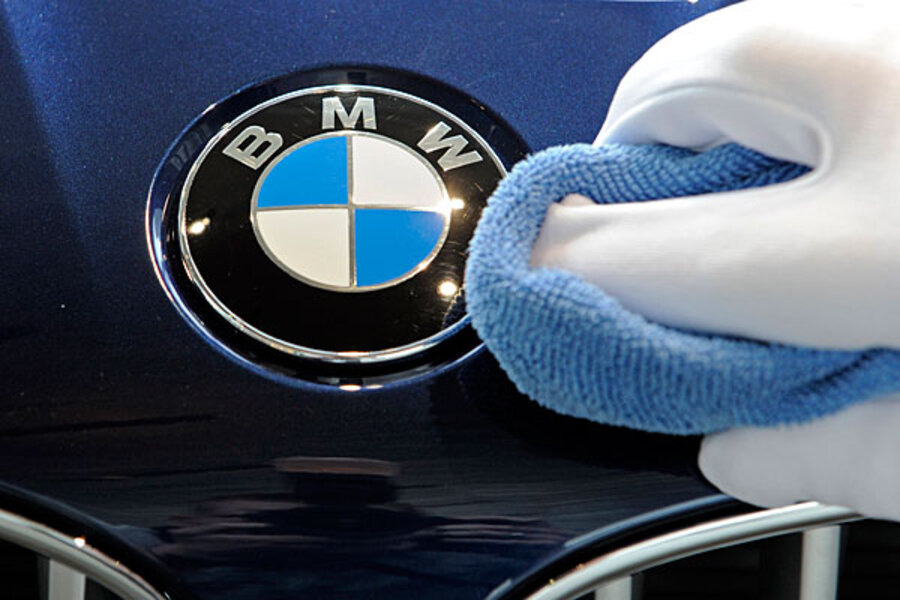BMW logo branded on eyelids: How did they do that? [video]
In order for advertising to work it needs to be memorable, as well as making us think about what we just viewed or heard. With banner adverts everywhere, and TV adverts repeating multiple times a day, we usually just turn off to the brands and products advertisers want us to focus on.
BMW managed to create an advert recently that everyone viewing it will remember for a long time to come. It was shown at a movie theater in Germany, and managed to leave viewers with an image of the BMW logo on the back of their eyelids. How did they do that?
When you look at the sun for a few seconds and then close your eyes you see a circular dot as if projected on the back of your eyelids. BMW used the same technique, but instead of the sun it used a large flash unit, a big version of the flash utilized on digital cameras. In front of the flash unit was a hollowed out BMW logo, but the audience couldn’t see it as it sat behind the screen they were viewing the advert on.
RELATED: Luxury cars: Top 10 most expensive cars recalled
While the advert played out, a well-timed flash was triggered which left a lasting impression of the logo on viewer’s retinas. When asked to close their eyes many were surprised to find they could see “BMW” painted on the back’s of their eyelids.
A simple technique, but a very well executed and clever advertisement don’t you think?
Read more at Wired
Matthew’s Opinion
The problem with advertising like this is it only works a few times. If every advert did this you’d get people complaining and it would no longer be memorable. There’s also the issue of whether some people may have a bad reaction to the flash, such as those suffering from epilepsy. Ultimately, it’s a “use sparingly” technique.
The best advertising, the stuff you remember, always takes a very different approach to the norm. For example, when the first Wario game appeared for the Wii, Nintendo setup a page on YouTube that got destroyed as the trailer for the game played. In the UK, when the 3DO was a new console, the advertising agency in charge of its promotion filled a popular gaming magazine (EDGE) with feathers. It caused a mess, and readers mostly complained, but you never forgot the ad or the company that did it.
As we move more towards connected gadgets and away from TV viewing, advertisers will have to think of new ways to surprise us and get us to remember branding. While these one-shots are nice, I think utlimately there will be more reliance on providing content around a brand or product such as a free app, special offers downloaded to a smartphone or tablet, or offering access to services by using your gadgets to achieve things.





